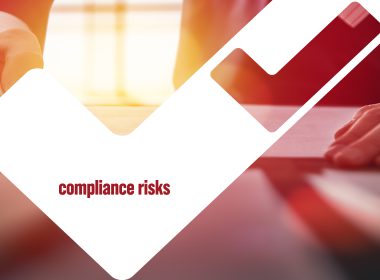Snapshot
- While solicitors must focus on their client’s best interests, they also owe duties to the courts and the administration of justice, free from the influence of personal bias.
- Under the Legal Profession Uniform Law Australian Solicitors’ Conduct Rules 2015 solicitors have a duty to avoid conflict of interests.
- A conflict check procedure system will assist in managing conflict or potential conflict prior to confirming your client’s instructions.
As a solicitor, you must of course focus on your client’s best interests. This, however, does not mean you can serve those interests at all costs. You owe duties to your clients, the courts, and the administration of justice, free from the influence of personal bias. Conflicts arise when these duties diverge.
In advance of confirming your instructions in all matters, it is important for you to carefully consider the likelihood of conflict. There are several provisions in the Legal Profession Uniform Law Australian Solicitors’ Conduct Rules 2015 (‘Conduct Rules’) that impose duties on you to avoid conflicts of interest.
Conflict or potential conflict can arise between the duties owed to your current and former clients, duties owed to two or more of your current clients, and duties to your clients in circumstances where the duties may conflict with your own interests.
Managing conflict or potential conflict prior to confirming your client’s instructions will be assisted by using a conflict check procedure system (‘CCPS’). Your CCPS can be paper based, a computer program, or a cloud-based system. You should ensure, however, that all practitioners in your practice are trained in the use of your CCPS and apply it routinely.
While there is a myriad of circumstances that will place you in a position of conflict or potential conflict with your client, the following four conflict of interest conundrums are commonly encountered by practitioners.


